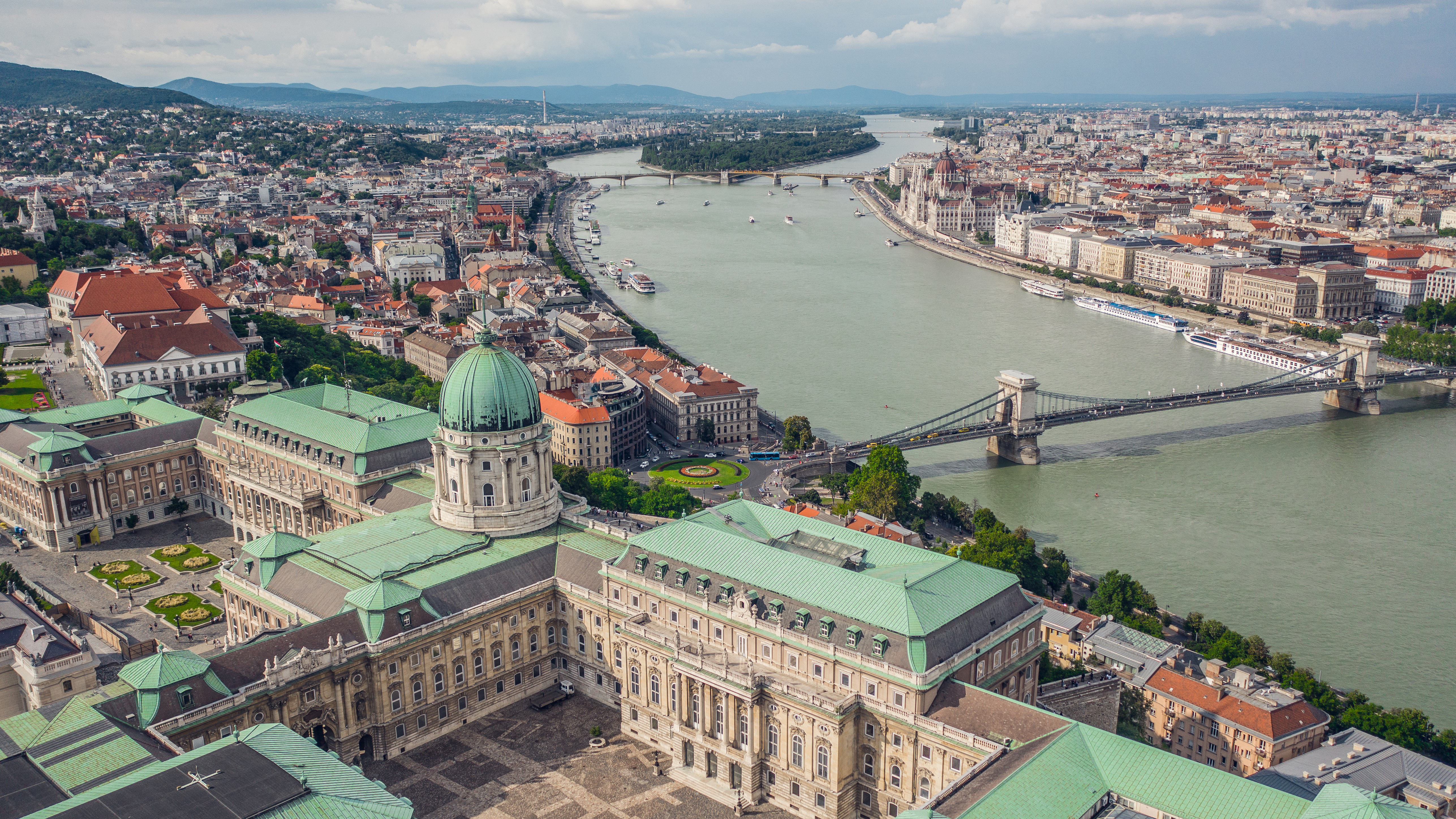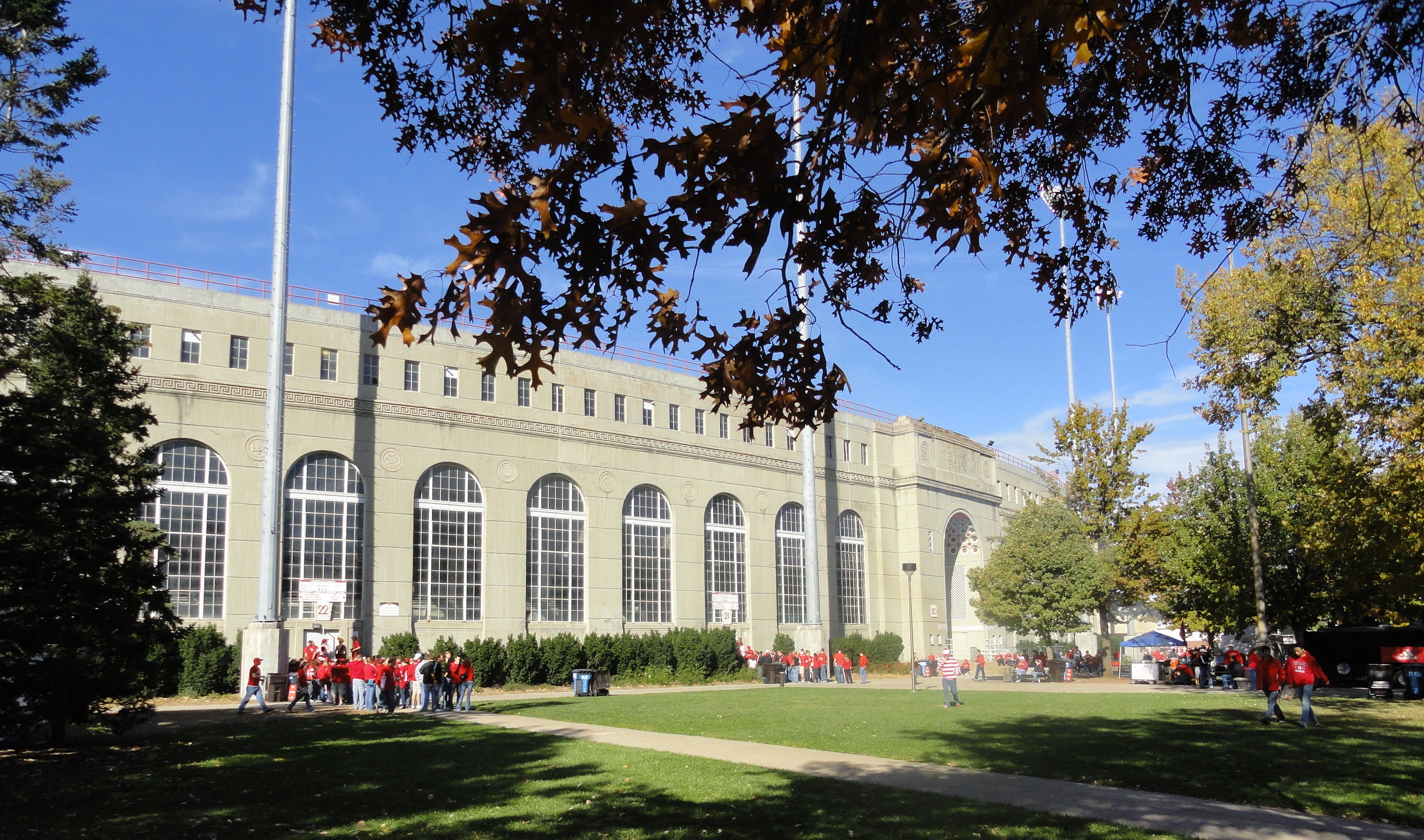21 Forgotten Train Stations That Are Now Beautiful Ruins
Imagine the grandeur of a bygone era, etched in stone and steel. The golden age of rail travel left behind more than just tracks; it gifted us architectural cathedrals – magnificent stations that pulsed with the energy of nations on the move. These weren't mere transit points, but monuments to ambition, progress, and civic pride, boasting ornate facades, soaring glass vaults, and platforms teeming with life. But progress, as it often does, moved on. Highways and airports usurped the rails, leaving many of these grand structures to a slow, poignant decay. Now, we explore the haunting beauty of these forgotten giants, expanding our journey to 21 visually stunning abandoned train stations across the globe. Witness the eerie dance of nature and neglect as moss creeps through shattered mosaics, vines embrace rusted ironwork, and sunlight pierces fractured roofs, illuminating ghosts of journeys past. Each ruin whispers a tale of dreams, decline, and the silent strength of what remains when the world rushes by.
1. Canfranc International Railway Station – Spain

Once hailed as the “Titanic of the Mountains,” Canfranc International Railway Station was an engineering marvel nestled in the Pyrenees. Opened in 1928, this colossal complex boasted over 365 windows, lavish chandeliers, and marble floors, symbolizing Spain and France’s desire to unify cross-border travel with elegance and ambition. It was the second-largest station in Europe at the time—a cathedral of transport tucked into a mountain pass. However, its glory was short-lived. A train derailment on the French side in 1970 destroyed a vital bridge, cutting off international traffic. The station was effectively abandoned, left to be swallowed by the alpine forest that surrounds it. Moss now grows in its once-grand waiting rooms, and ivy climbs the facades that once welcomed thousands of passengers. Though restoration work is slowly underway, Canfranc still stands largely as a haunting monument to a more romantic age of travel.
2. Michigan Central Station – USA

A towering symbol of Detroit’s industrial zenith and decline, Michigan Central Station opened in 1913 as the tallest rail terminal in the world. Designed in the Beaux-Arts style by the same architects behind Grand Central Terminal in New York, it featured 18 stories of offices, marble columns, soaring ceilings, and waiting rooms that looked more like palace ballrooms than transit hubs. As Detroit’s economy faltered and train travel declined, the station became an unwanted relic. It was shuttered in 1988 and left exposed to the elements, scrappers, and graffiti artists. For decades, its decayed grandeur loomed over the city like a ghost of its former self—part apocalyptic movie set, part pilgrimage site for urban explorers and photographers. Though Ford Motor Company has since acquired it with plans to restore and repurpose it, much of the ruinous beauty remains intact, making it a fascinating symbol of both collapse and potential rebirth.
3. Estación de La Sabana – Colombia

Located in the heart of Bogotá, Estación de La Sabana opened in 1917 as the capital’s most important rail hub. Built in a neoclassical style, the station once bustled with commuters and cross-country travelers, serving as the gateway between Bogotá and the Colombian countryside. Its clock tower, ironwork, and high-arched windows gave it an air of sophistication and civic pride. But by the late 20th century, Colombia’s national rail system had collapsed, leaving the station underused and slowly decaying. While the main building has been preserved and now houses administrative offices and cultural events, the surrounding platforms and auxiliary structures have fallen into picturesque disrepair. Overgrown tracks and graffiti-covered walls now surround this shell of the past, blending historical nostalgia with the gritty beauty of urban abandonment.
4. Kelenföld Railway Station (Old Terminal) – Hungary
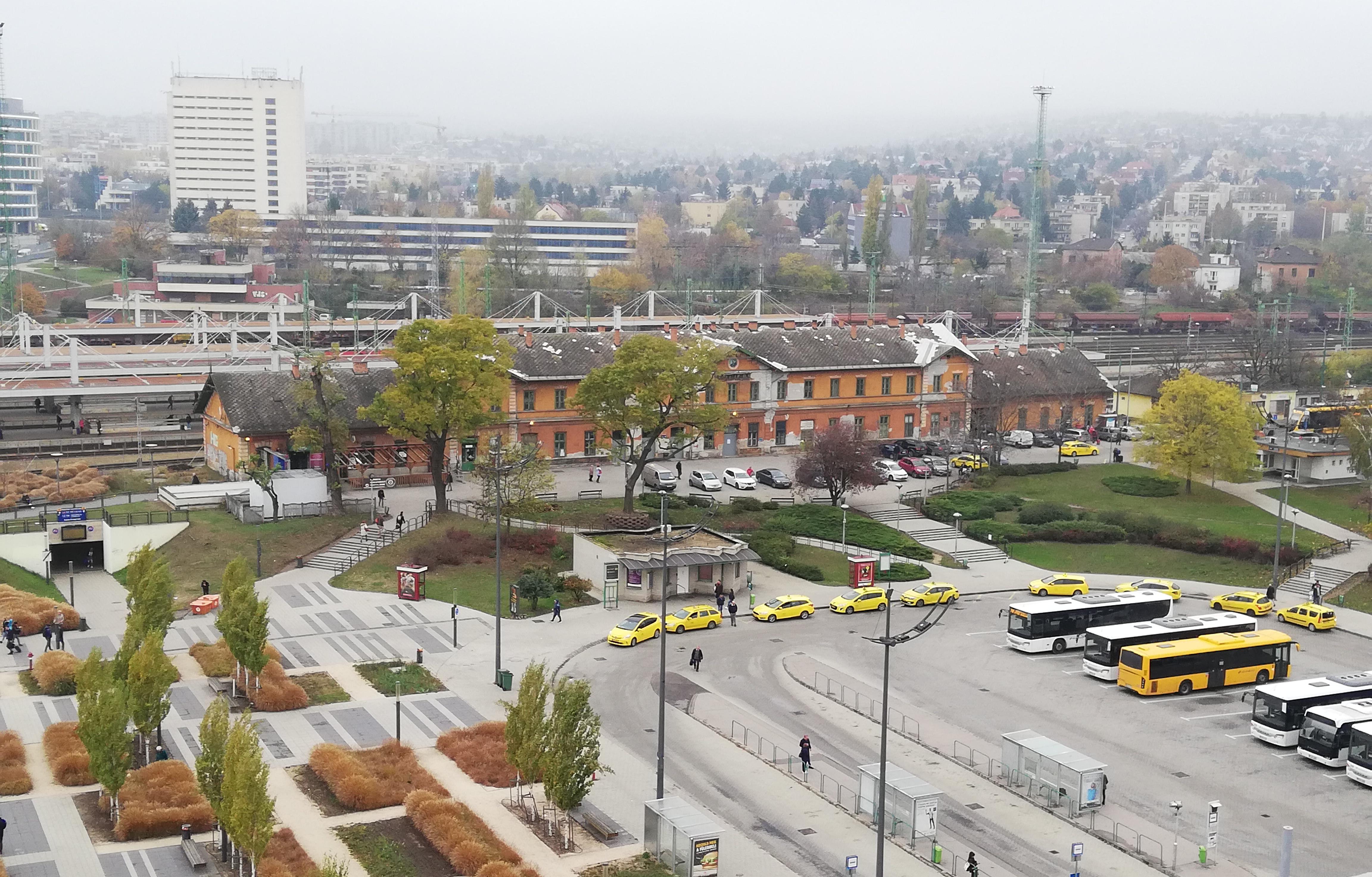
Tucked behind one of Budapest’s still-active train terminals lies a forgotten jewel: the original Art Nouveau-era Kelenföld Railway Station. Opened in the late 1800s, the station was designed with elegant curves, stained glass, and intricate tilework characteristic of Hungary’s Secessionist architectural movement. For decades, it connected Hungary’s capital to Vienna and other major European cities. However, as rail infrastructure evolved and a new, modern terminal was built next door, the old Kelenföld station was decommissioned. Today, its abandoned platforms are overrun with weeds, its ornate windows are shattered, and graffiti now adorns its once-pristine walls. While travelers bustle nearby, few notice the beautiful ruin just beyond view—a quiet tribute to Budapest’s once-glamorous rail legacy.
5. Maputo Railway Station – Mozambique
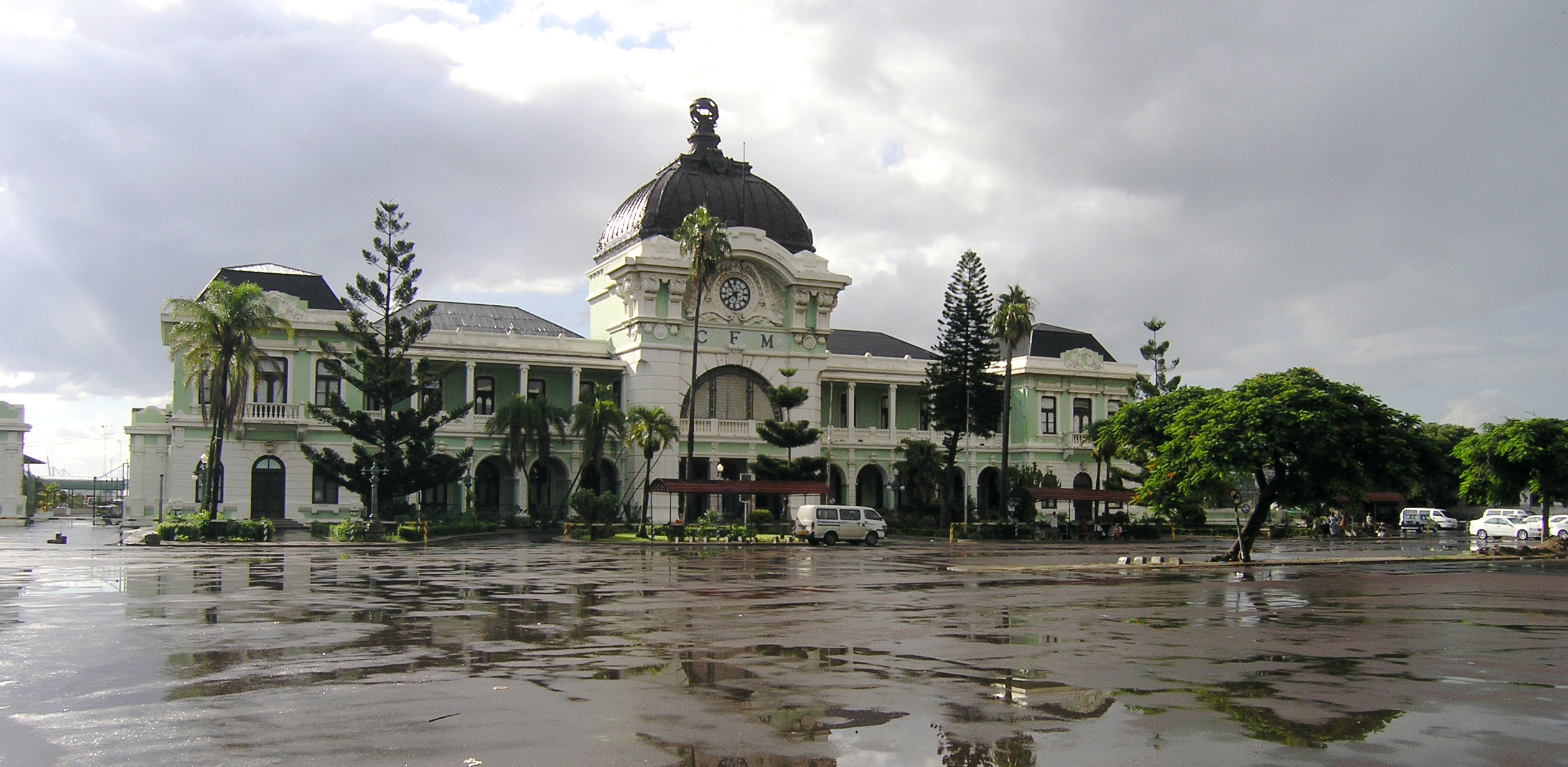
In the heart of Mozambique’s capital lies one of Africa’s most architecturally striking stations—partially active, yet with sections that have slipped into stunning decay. Designed in part by Alfredo Augusto Lisboa de Lima and sometimes attributed to Gustave Eiffel’s studio, the Maputo Railway Station opened in 1916 with a grand iron dome, sweeping staircases, and verdant palm gardens. While passenger service continues, large portions of the station are unused and crumbling. Rust streaks the green dome, paint peels from the walls, and vines snake through ironwork balconies. The platform canopies still stand proudly, yet they frame a scene of quiet neglect. Despite its fading condition, the station’s unique aesthetic and cinematic beauty have turned it into a frequent subject for film shoots and photographers seeking the intersection of tropical overgrowth and colonial-era grandeur.
6. Abkhazia Railway Station – Georgia (disputed territory)

Located on the banks of a mirrored lake and engulfed by thick forest, Psyrtskha Station looks more like a mystical temple than a Soviet rail outpost. Built in the mid-20th century near the town of New Athos (in disputed Abkhazia), the station is a striking example of Soviet-Deco design, with ornamental pillars, sculpted archways, and intricate ceiling moldings. After political turmoil and conflict in the 1990s severed the rail line, Psyrtskha was abandoned. Nature has since reclaimed much of the station—moss blankets the stonework, roots pry apart the pavement, and mist often rolls in from the lake, adding to its surreal atmosphere. Its haunting, fairy-tale aesthetic has made it an urban exploration favorite and a quiet monument to a lost chapter in regional history.
7. Buffalo Central Terminal – USA
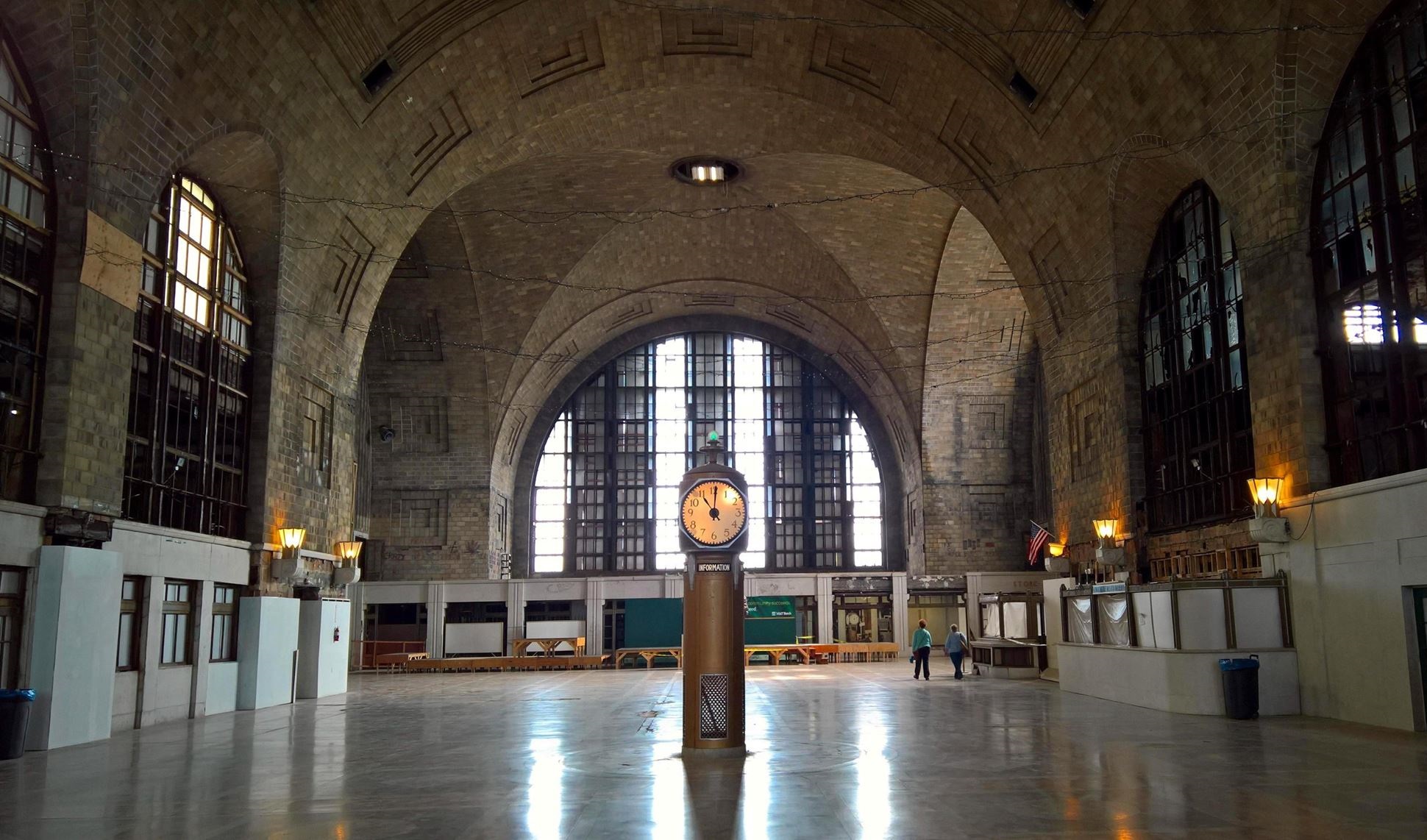
Opened in 1929 during the height of the Art Deco movement, Buffalo Central Terminal was designed to usher in a new era of modernity and serve as the beating heart of the city’s transit infrastructure. The station was more than just functional—it was a statement of civic pride. Its soaring 17-story office tower, grand concourse with vaulted ceilings, terrazzo floors, and ornate details captured the energy of an industrial America on the move. However, Buffalo's prominence as a transportation hub began to fade post–World War II. The rise of air travel and the construction of the Interstate Highway System slowly eroded the city’s reliance on rail. By 1979, the station closed its doors after only five decades of service. In the decades since, Buffalo Central Terminal has become a haunting symbol of both beauty and abandonment. Broken windows and peeling paint now frame its once-glamorous interiors, and wild grass grows through cracks in the platforms. Preservation groups continue to advocate for its restoration, hosting occasional events and tours to raise awareness. Still, the terminal remains a cavernous, moody monument to a bygone era.
8. Beelitz-Heilstätten Train Station – Germany
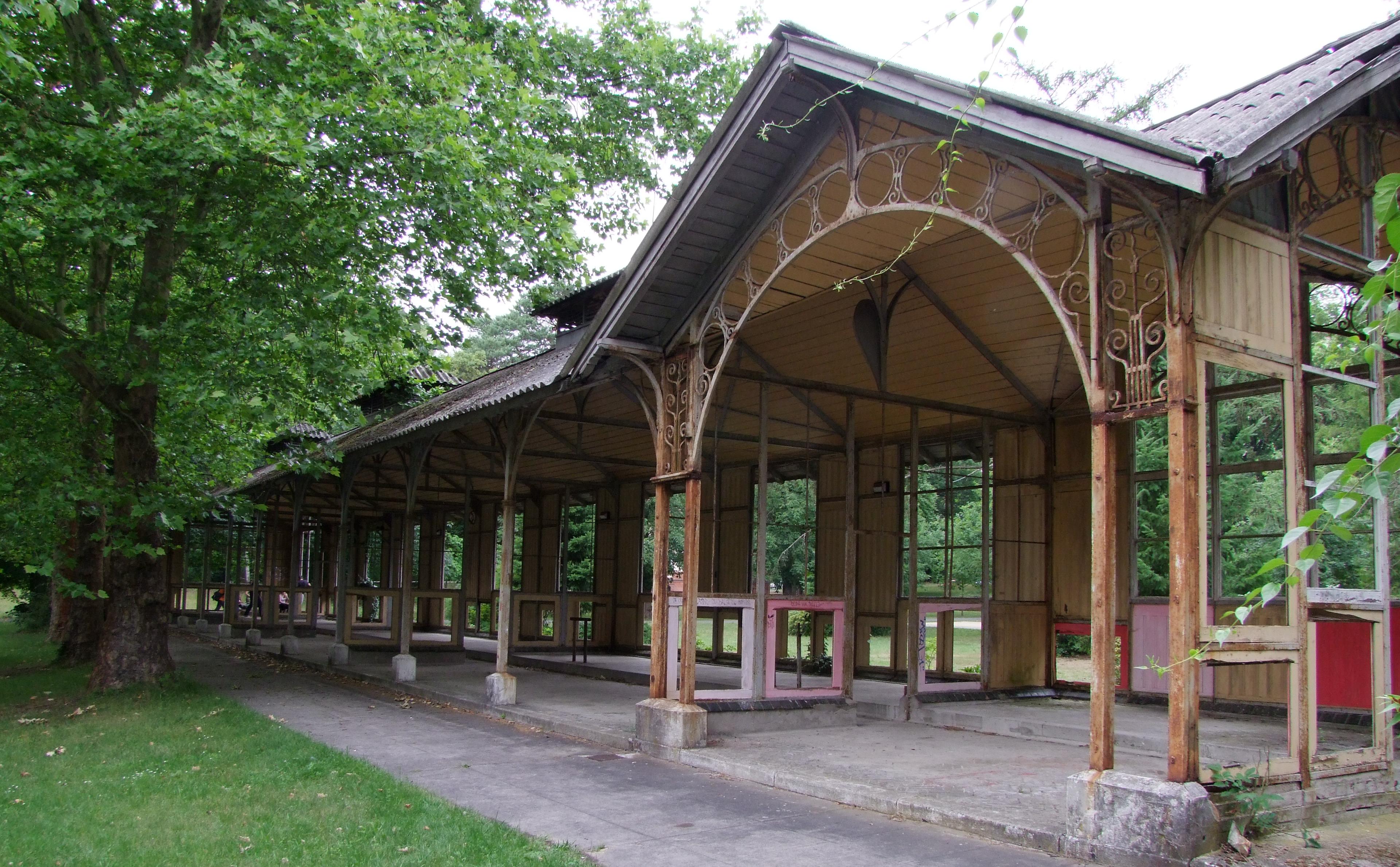
Tucked deep within a forest outside Berlin, the Beelitz-Heilstätten Train Station was built in the early 20th century to serve the sprawling sanatorium complex of the same name. The sanatorium was once one of the most advanced medical facilities in Europe, designed to treat tuberculosis patients with fresh air and forest therapy. The train station was a vital lifeline, bringing patients, supplies, and medical staff to this remote, wooded retreat. Over time, the station fell into disuse as the surrounding sanatorium was gradually abandoned following World War II and German reunification. Today, the station is enveloped in an almost complete state of decay. Wooden beams rot under the weight of moss, ivy wraps tightly around rusted rails, and the platform blends almost seamlessly into the forest floor. The eerie stillness of the area, combined with the haunting history of the nearby hospital buildings, makes the station a compelling stop for urban explorers and photographers. It’s a place where the boundaries between man-made structure and natural reclamation have all but vanished.
9. Estación de Tafi Viejo – Argentina
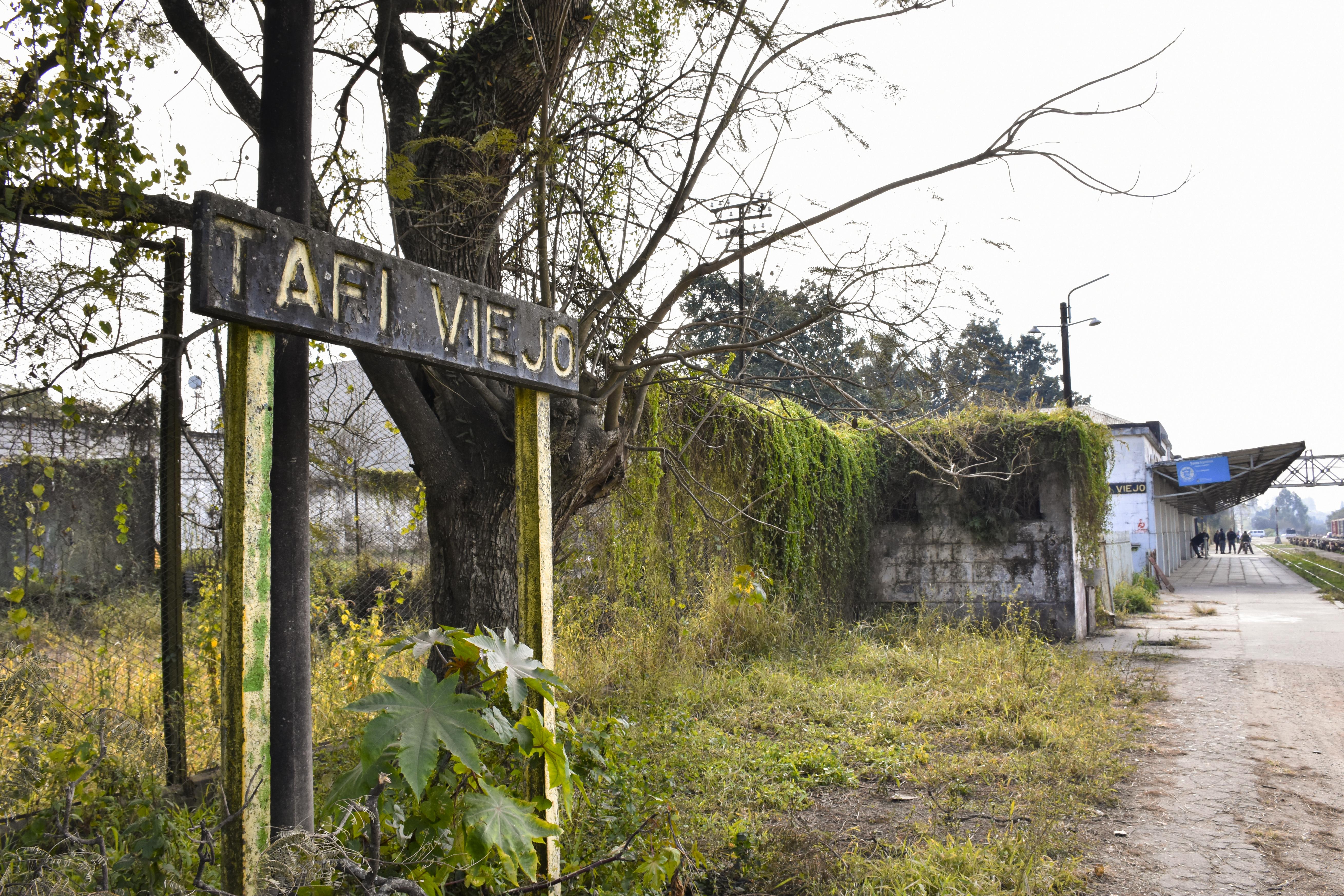
Nestled at the base of the Sierra de Aconquija mountains in northwestern Argentina, Tafí Viejo was once one of the country’s most important rail hubs. Built in the early 20th century, the station served not only as a departure point for passengers but as a vital repair and construction center for trains traversing the rugged interior of the country. It became the largest rail workshop in Latin America and the economic backbone of the town that grew around it. By the 1990s, Argentina’s railway system had been largely dismantled due to privatization and declining investment. Tafí Viejo station was shuttered, and its extensive facilities fell into ruin. Today, graffiti-covered buildings and shattered glass mark the decaying site, but mountain views still stretch out behind the remnants of the iron and brick structures. It’s a striking contrast—the industrial decay framed by stunning natural beauty. While some small-scale revival efforts are ongoing, the station remains a photogenic ruin that reflects the broader story of Argentina’s vanished rail empire.
10. Asunción Central Station – Paraguay

Constructed in 1861, Asunción Central Station was the centerpiece of Paraguay’s pioneering railway system—one of the first in South America. For over a century, it served as a bustling node of trade and travel, helping connect inland Paraguay with ports and neighboring countries. Its neoclassical architecture and prominent location in the heart of the capital made it a landmark for generations of travelers. While train service was eventually discontinued, the station's main building has been restored and converted into a railway museum. Inside, exhibits chronicle Paraguay’s rail history, while outside, the platforms remain eerily frozen in time. Rusty tracks stretch into the distance, weeds pushing through the gravel, and the remnants of old carriages sit baking in the sun. The juxtaposition between the preserved facade and the decaying infrastructure behind it offers a poignant reflection on the country's past aspirations and present realities. It’s a must-visit for anyone interested in South American railway heritage.
11. Estação Ferroviária de Paranapiacaba – Brazil

High in the misty Serra do Mar mountains of southeastern Brazil lies the ghostly village of Paranapiacaba. Built in the 19th century by British engineers to support the São Paulo Railway, the town and its train station became a vital cog in transporting coffee from Brazil’s interior to the coastal port of Santos. The Victorian-style station—complete with red-brick walls, wrought iron detailing, and a working clock tower reminiscent of Big Ben—once stood as a proud symbol of international cooperation and industrial progress. But as transportation evolved, Paranapiacaba’s importance waned. The station fell into disuse, and the village slipped into semi-abandonment. Fog often shrouds the town, enhancing the eerie atmosphere as nature reclaims staircases, tracks, and platforms. While parts of the village and station have been preserved as a cultural heritage site, much remains hauntingly overgrown. Paranapiacaba now exists in a strange limbo: a beautifully decayed monument to Brazil’s rail legacy and a cinematic backdrop for those drawn to atmospheric ruins.
12. City Hall Subway Station – New York City, USA
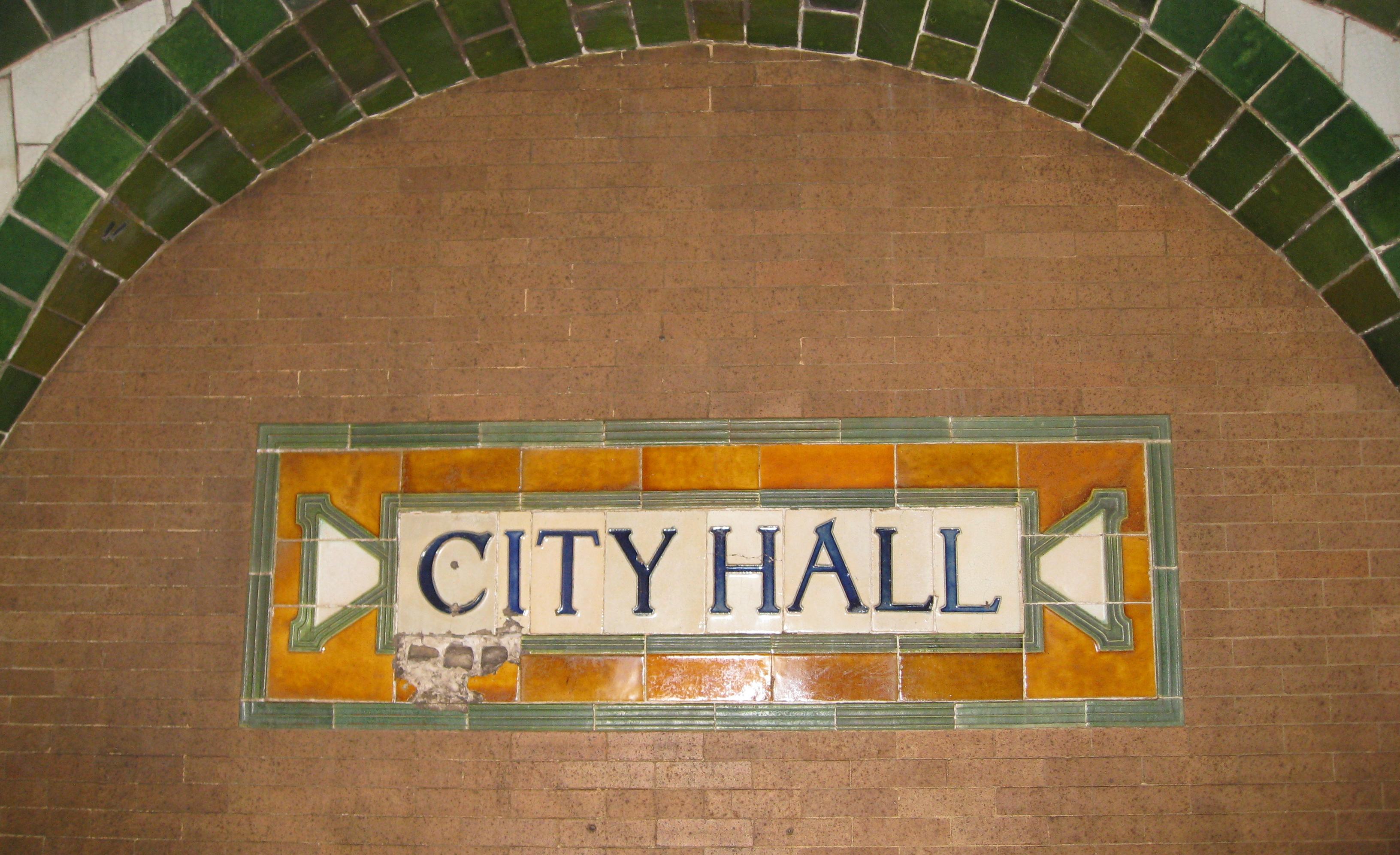
Beneath the bustling streets of New York City lies a hidden gem: the abandoned City Hall subway station. Opened in 1904 as the showpiece of the city's first subway line, its elegant Guastavino tile arches, brass chandeliers, and skylights exuded civic pride. However, its curved platform became impractical for newer trains, leading to its closure in 1945. Today, it remains a time capsule of early 20th-century New York, a beautiful secret hidden beneath the modern metropolis. Tours offer glimpses into its forgotten grandeur, a stark contrast to the city's relentless pace above.
13. Gare d'Orsay – Paris, France
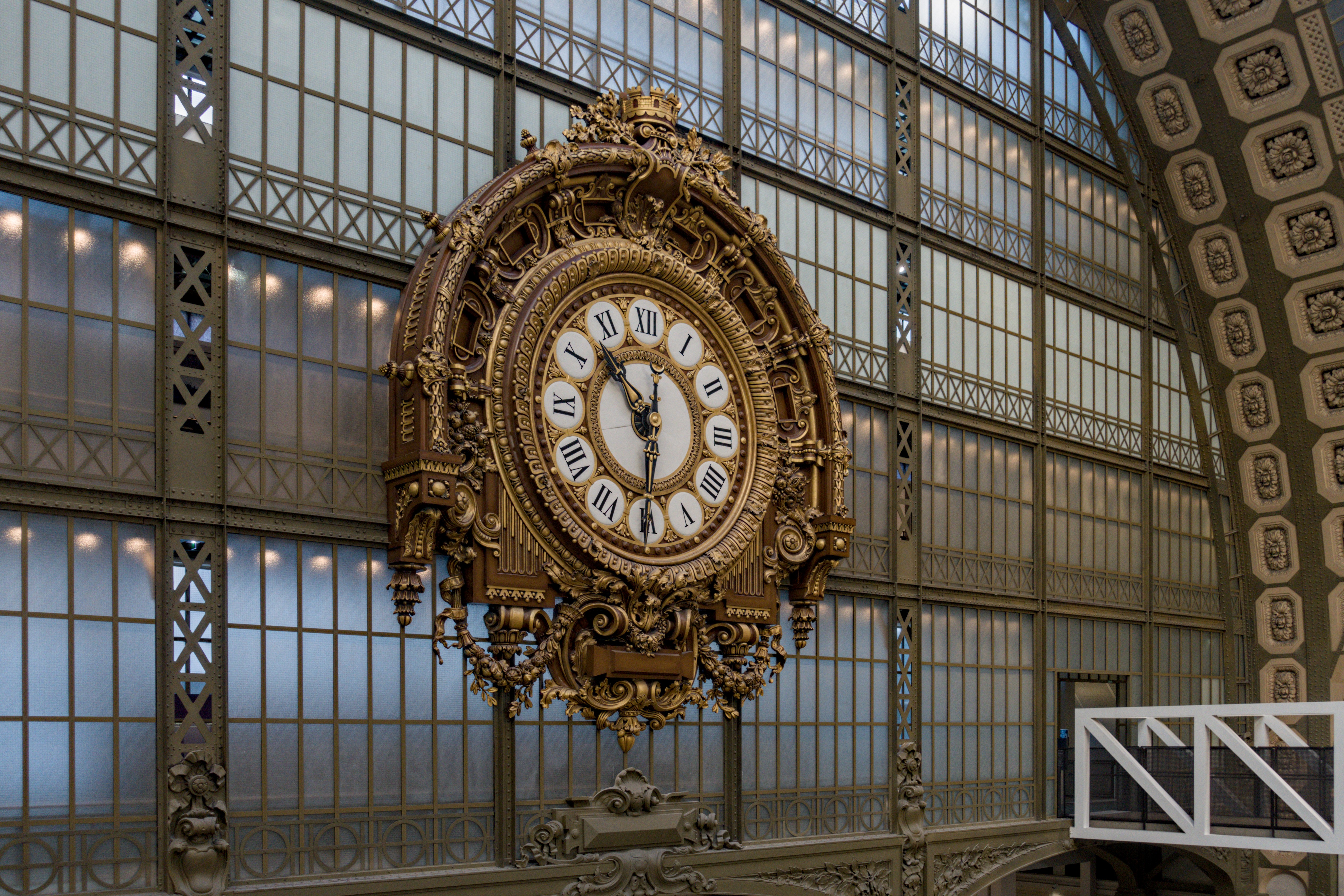
While not entirely abandoned, the Gare d'Orsay's transformation is a compelling story. Built in 1900 as a grand terminus for long-distance trains, it became obsolete for modern high-speed rail. Rather than decay, it was reborn as the Musée d'Orsay, a world-renowned art museum. The station's stunning Beaux-Arts architecture—its glass roof, ornate clock, and spacious hall—now frames Impressionist masterpieces. This highlights the potential for creative repurposing and the enduring beauty of railway architecture, even in a post-rail era.
14. Dunedin Railway Station – New Zealand

On the South Island of New Zealand, the Dunedin Railway Station stands as a testament to the city's Victorian prosperity. Opened in 1906, its flamboyant Flemish Renaissance style, with dark basalt and white Oamaru stone, is a striking example of railway architecture as civic art. While still partially active for scenic tourist trains, its vast scale and some unused platforms hint at a busier past. This station's grandeur in a relatively small city makes it a unique and visually compelling story.
15. Smallgains, England
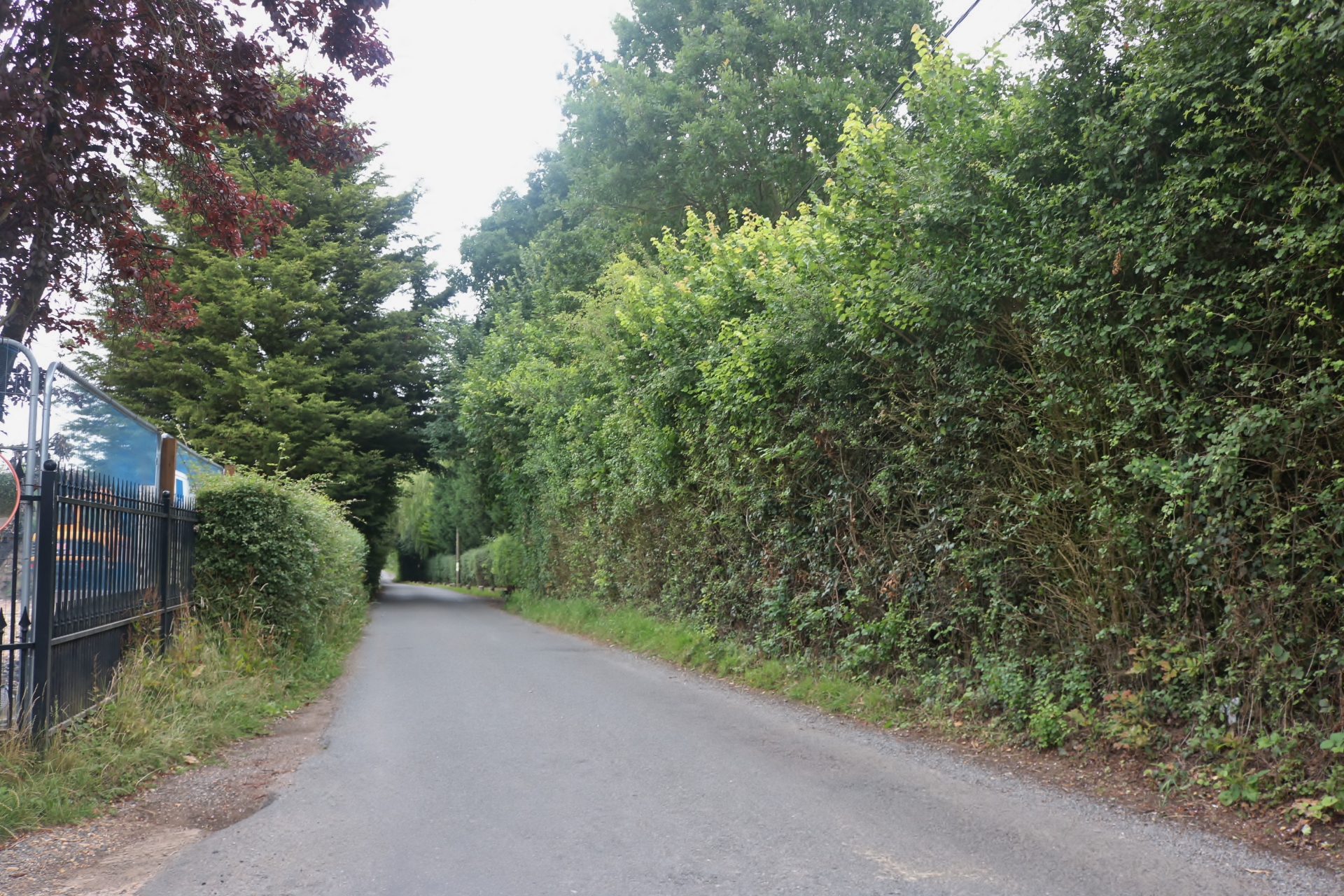
Smallgains on Canvey Island offers a hauntingly different kind of decay. This tiny station, built on a now-abandoned branch line, is slowly being swallowed by the harsh coastal environment. Rusting metal, crumbling concrete, and the relentless encroachment of weeds and sea air create a desolate beauty. It's a poignant reminder of the vulnerability of infrastructure and the power of nature to reclaim what was once man-made.
16. Beocin Factory Railway Station – Serbia
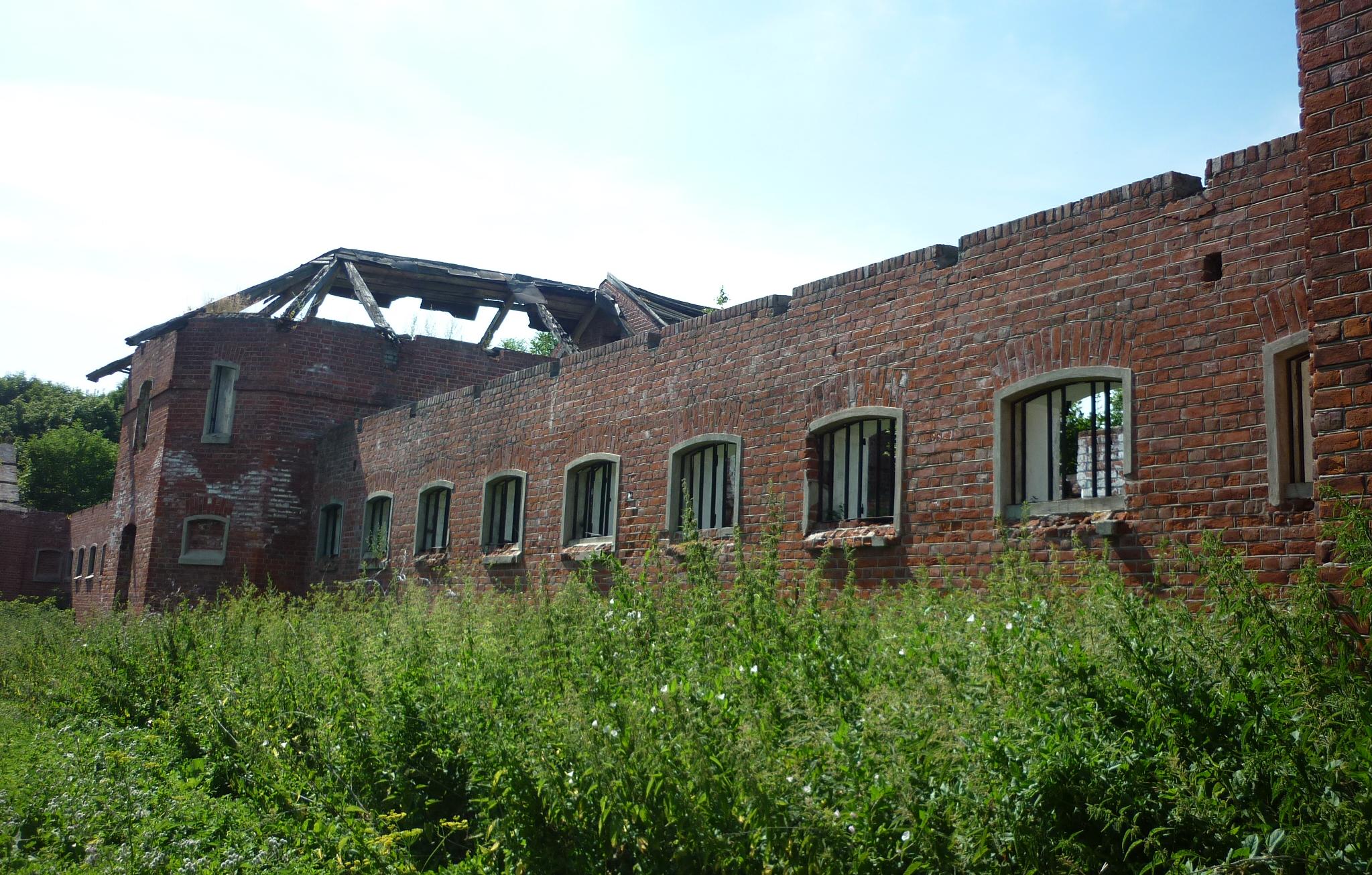
Located near a former cement factory, the Beocin Factory Railway Station in Serbia is a starkly industrial ruin. Its brutalist concrete architecture, designed for functionality rather than beauty, contrasts with the surrounding natural landscape. Abandoned due to the factory's decline, it now stands as a monument to industrial decline and the changing face of the region. This station offers a different aesthetic from the ornate stations on the list, exploring the beauty of industrial decay.
17. São Joaquim Railway Station – Brazil
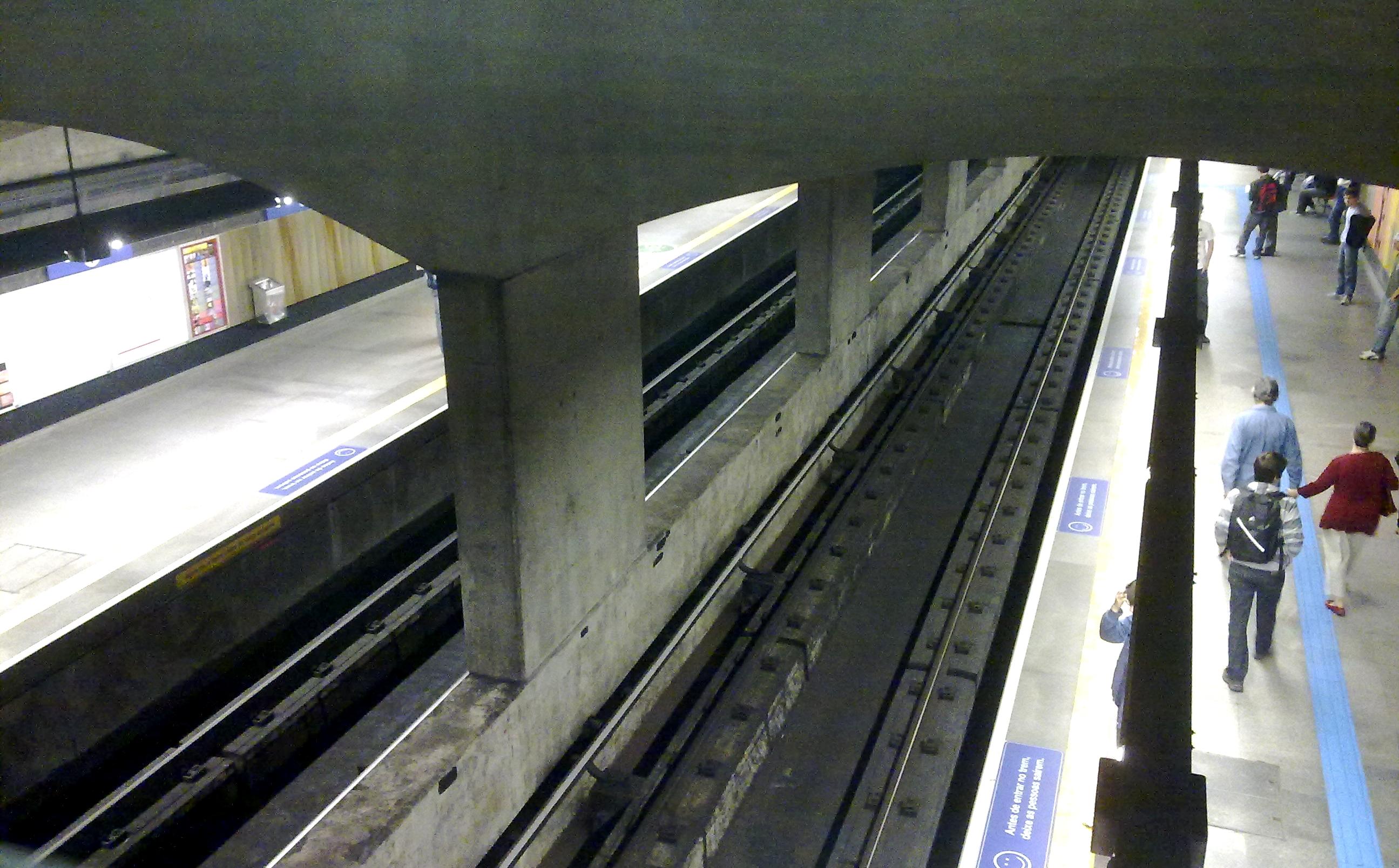
Nestled in the highlands of Santa Catarina, Brazil, the São Joaquim Railway Station is a charming relic of the region's coffee boom. Its colorful colonial architecture, though weathered, retains a vibrant spirit. Abandoned as the coffee trade shifted, it now stands as a reminder of a bygone era of prosperity and the cultural significance of rail travel in connecting communities. This station offers a more intimate scale and a colorful aesthetic compared to some of the grander ruins.
18. Mitchell, Oregon, USA
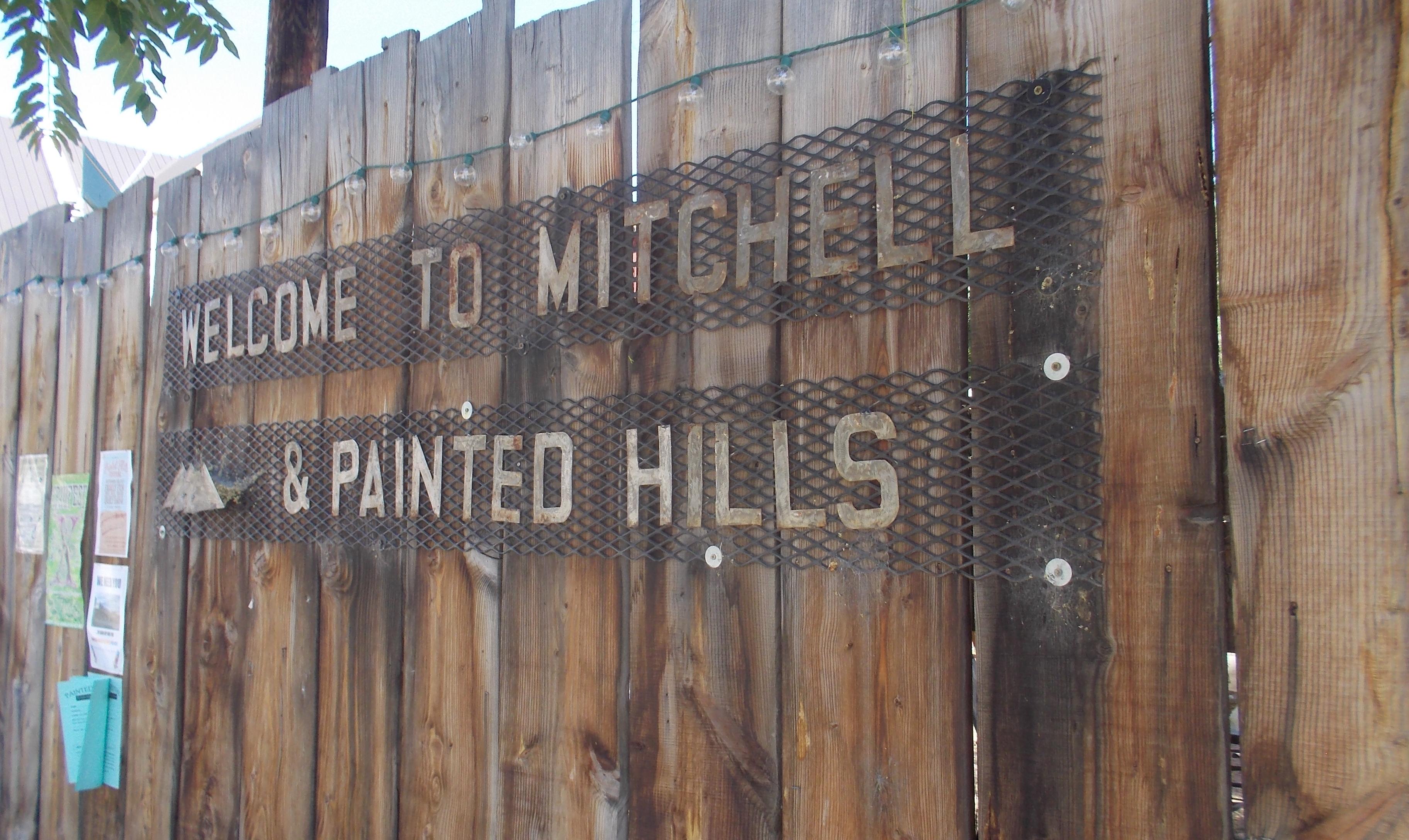
In the stark landscape of eastern Oregon, the abandoned Mitchell depot is a testament to the ephemeral nature of small-town prosperity tied to the railways. A simple wooden structure, it's slowly succumbing to the elements, with faded paint and a sense of utter isolation. Its beauty lies in its simplicity and the poignant story it tells of a community that thrived with the railroad and faded as it disappeared.
19. Tayshet Station, Russia

Tayshet Station in Siberia is a far cry from grand architecture. It represents the brutal history of the Soviet Gulag system. Built as a hub for the Baikal-Amur Mainline (BAM), it was constructed using forced labor. The station's grim history and the vast, unforgiving landscape surrounding it make it a powerful and unsettling reminder of the darker side of industrial ambition.
20. Berlin Anhalter Bahnhof – Germany
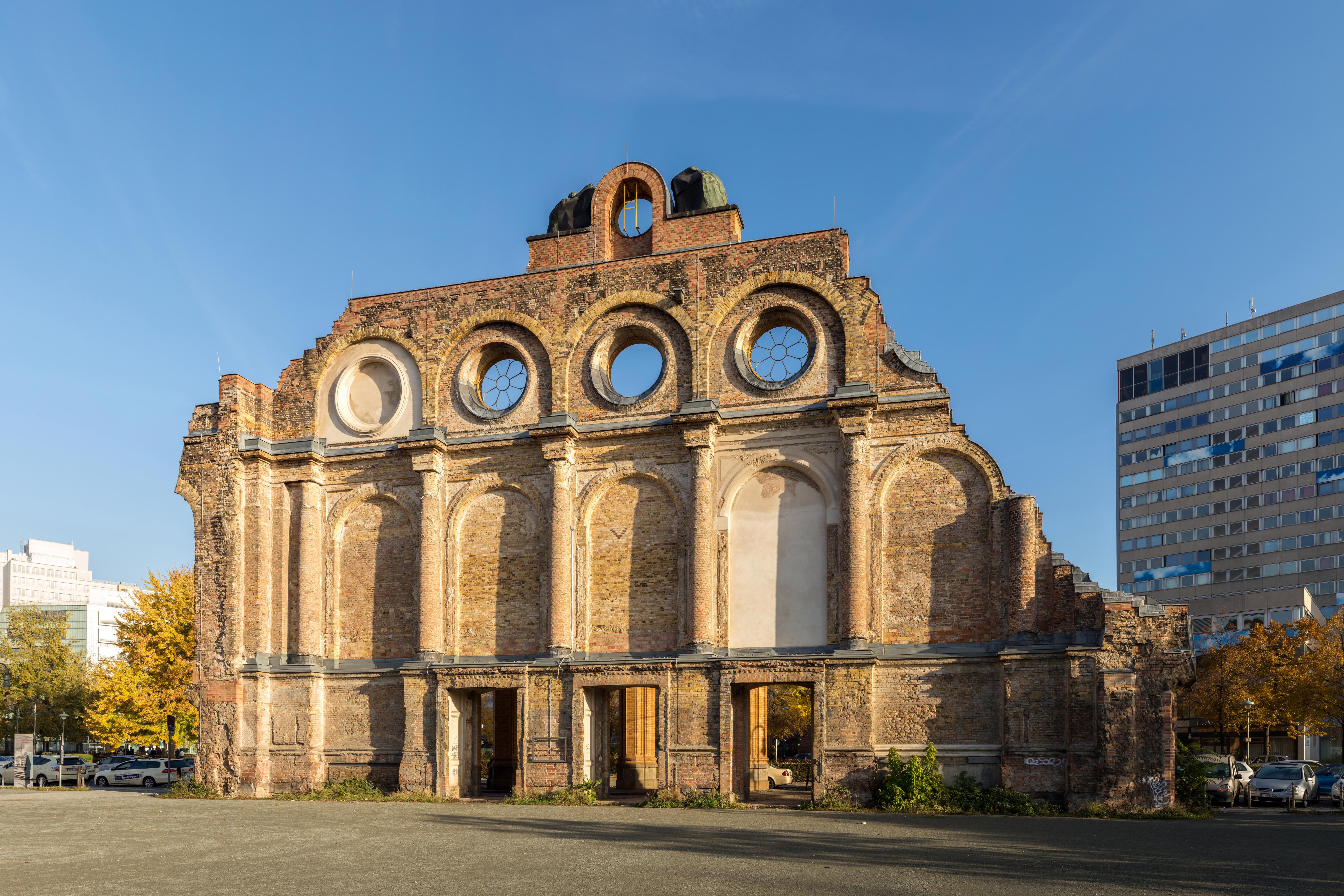
Only a facade remains of the once-grand Anhalter Bahnhof in Berlin. This station, heavily damaged in World War II, was a major gateway to Europe. Its ruins are a poignant reminder of the devastation of war and the loss of a vital connection to the past. The stark contrast of its former grandeur and the surrounding modern city makes it a compelling site.
21. Union Station, Birmingham, Alabama, USA
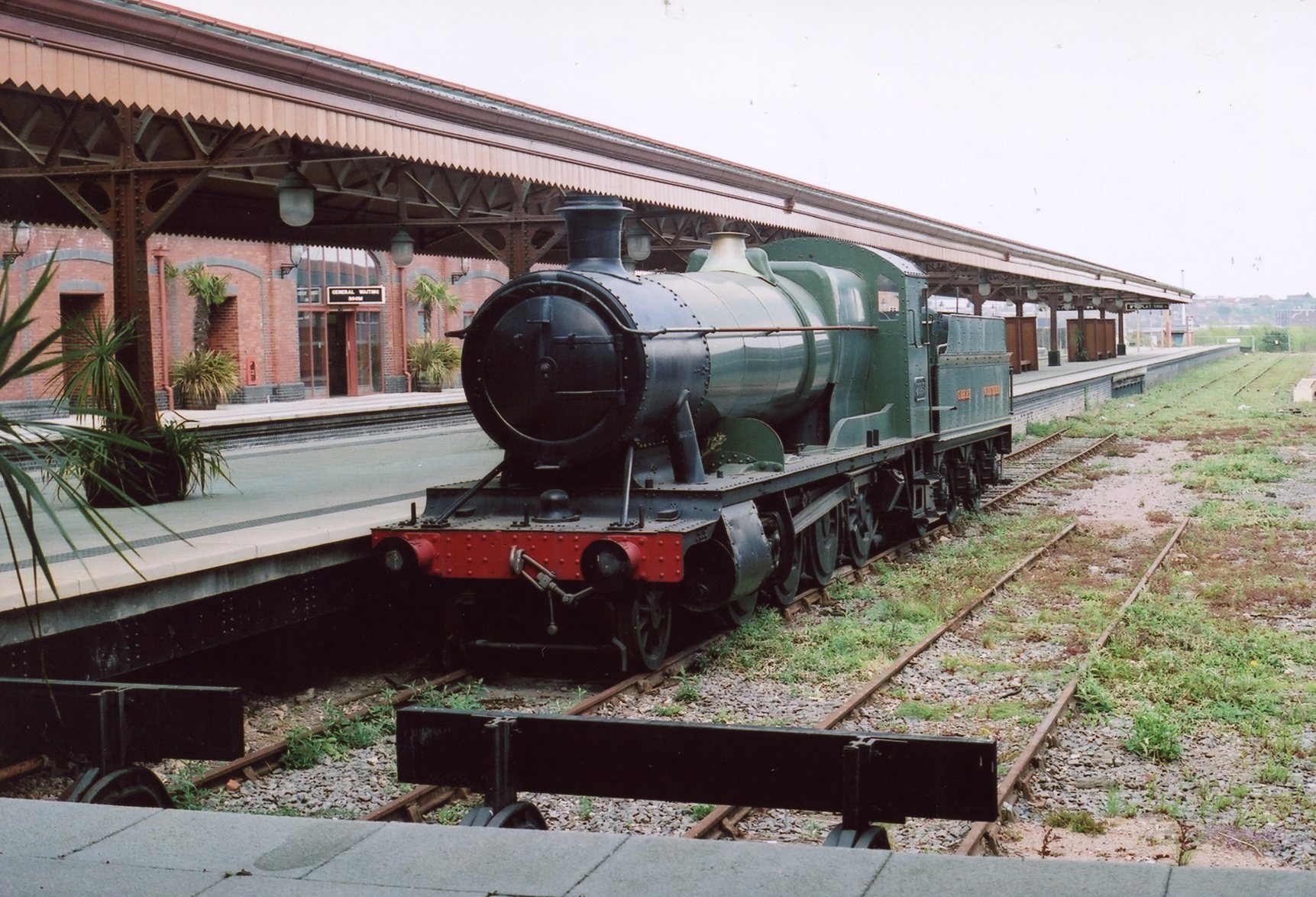
Union Station in Birmingham, Alabama, tells a story of racial segregation and the struggle for civil rights. Opened in 1909, its segregated waiting rooms are a stark reminder of the city's past. While parts of the station have been preserved, its history makes it a powerful and complex site, exploring themes beyond just architectural decay.
A Last Stop Worth Remembering
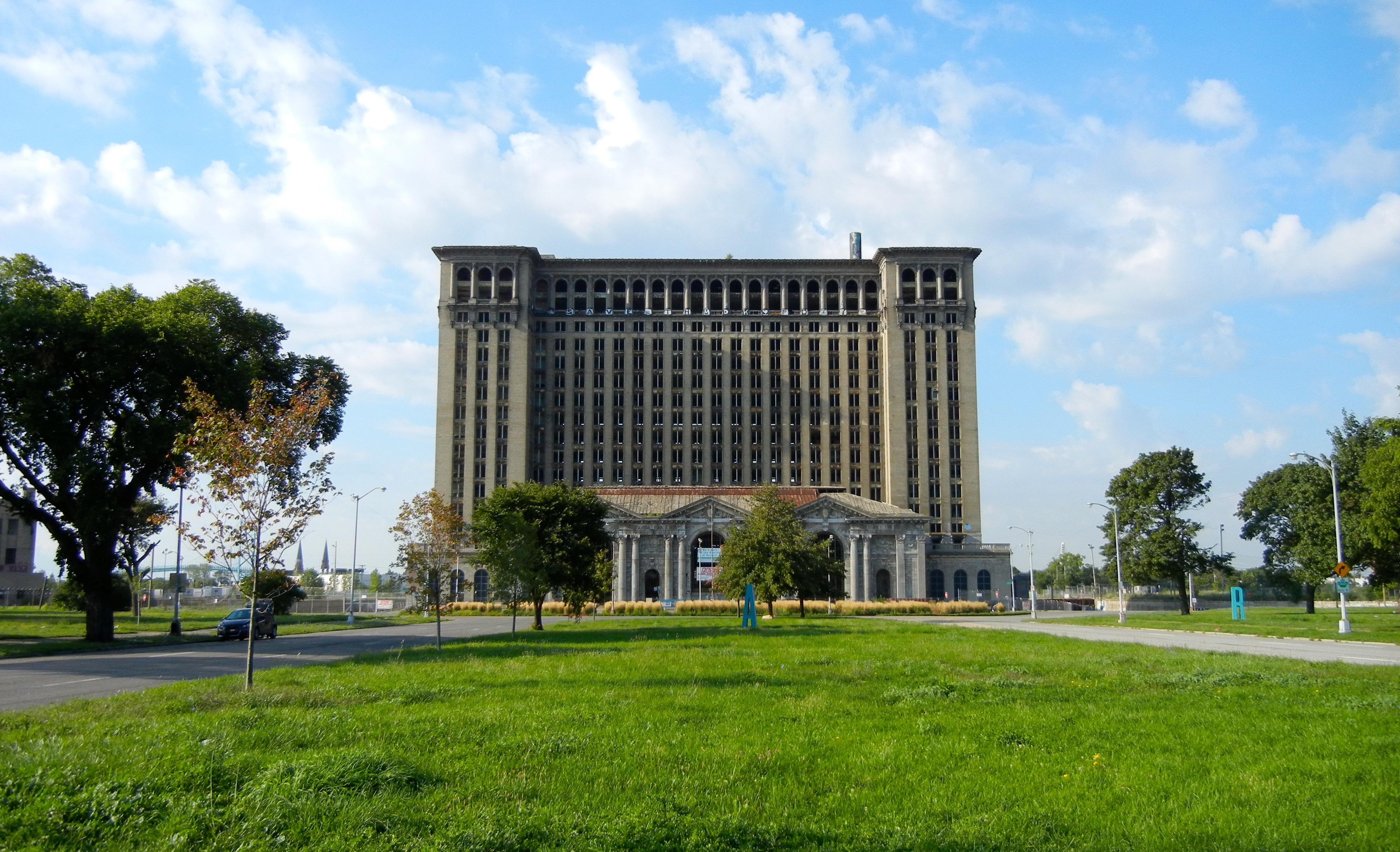
These 21 forgotten train stations may no longer echo with the rumble of engines or the murmur of departing passengers, but their stories are far from over. They speak to the grandeur of the past and the transience of human achievement. In their decay, they possess a fragile, haunting beauty—iron skeletons softened by moss, grand arches overtaken by silence, platforms carpeted with weeds instead of footsteps. Urban explorers, history lovers, and artists continue to be drawn to these ruins not just for their aesthetics, but for the stories embedded in their bricks and beams. Each one is a portal to another time—a reminder of when rail travel was king and stations were temples of modern life. By documenting, preserving, and reimagining these spaces, we keep their stories alive. Whether left in poetic ruin or carefully restored, they offer us something rare: a space where history and imagination meet, and where the journey doesn’t end—it simply changes tracks.

